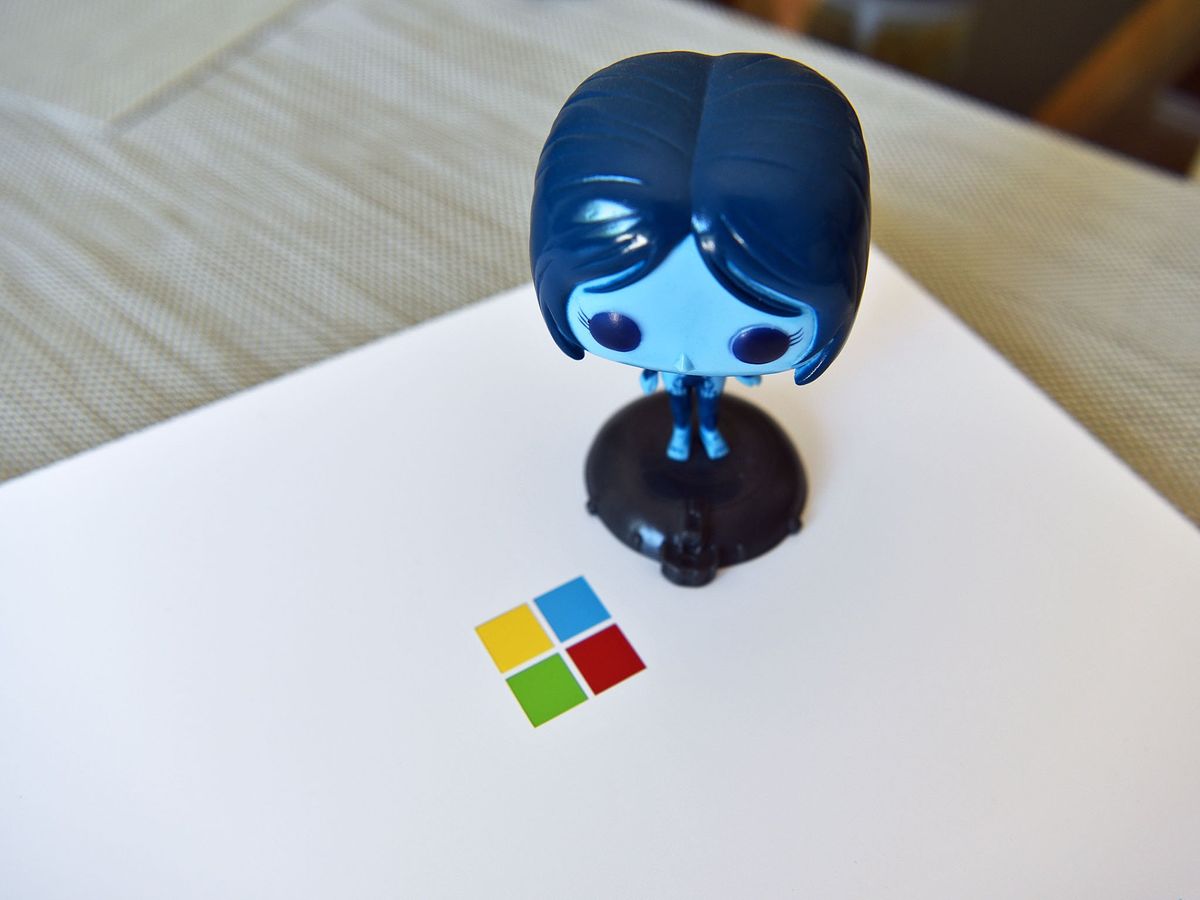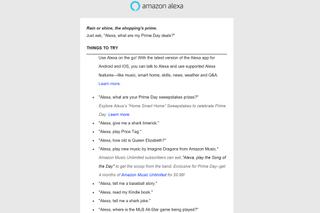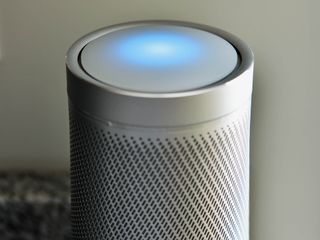Hey Cortana, why does Microsoft make it so hard to find out what's new with you?
Learning what Cortana can do and what's coming next is the classic discovery problem.

Microsoft's biggest problem around its Cortana digital assistant is perception. The Siri and Google Now competitor has a rich feature set, and while the focus is shifting from pure app-like experience to a more nuanced smart-OS, there's a lot of potential.
One area that is not great for Cortana — besides restricted regional availability — is knowing what Cortana can and cannot do, or more specifically, if any new features have been added. Amazon has proven that this problem is solvable, without much effort.
A simple email

Microsoft has a decent web presence for Cortana . Head to Microsoft.com/cortana, and you are directed to a page with tips on getting organized, working across devices, details on "her" valuable skills, and more.
Additionally, users can find more much for Cortana to do by clicking the search area in Windows 10 or head to the Notebook. There you can find a deep link to more skills, information on the connected home, productivity, family, connected services, and lifestyle details.
All these bits are good and a step up from where Cortana was just two years ago. Much more work is going into Cortana behind the scenes, especially with ex-Acommpli founder Javier Soltero taking over the development of the assistant in March.
But the lowest hanging fruit is still missing: a simple email or message about new enhancements.
While opting into more emails is not always wanted, Amazon's regular Alexa updates are very useful. A simple message titled "What's new with Alexa?" hits users' inboxes regularly, and with it comes a list of things to try and another area with "most requested." None of this is groundbreaking or amazing. But a simple email that tells users what new commands they can use with Cortana, what new skills have been added, some examples of popular commands for Cortana, and even some new features they are working on would be extremely beneficial.
Get the Windows Central Newsletter
All the latest news, reviews, and guides for Windows and Xbox diehards.

For PC users, some of this may be of less interest, but for those who have the Harman Kardon Invoke speaker (and future Cortana-connected smart home gear), such updates are essential. I've been told that Microsoft does similar for those in the Cortana beta testing group. Occasional emails inform them that a new feature like "remove lists or list items using voice" is now available with a bunch of example commands ("Cortana, add New York to my travel list") give concrete use cases for users to try.
Microsoft could just as easily put in a 'What's new' area under Cortana's Notebook. My hunch is such a log may not be updated all that often, but why not let users see a running changelog of new features?
Discovery is hard with digital assistants

This all goes back to discovery with digital assistants – any and all of them. Amazon boasts thousands of skills, but learning what is available, and the keywords needed to activate them, is no easy task.
The discovery problem with assistants will slowly go away as artificial intelligence (AI) improves over the coming years, but for now, this semi-sophisticated voice activation and trigger system is more brute force than nuance.
Because these systems aren't very intelligent, Microsoft is going to have to do a lot of spoon feeding to help users make the most of Cortana. By providing a simple, occasional email listing new skills, current popular features users are leveraging, and maybe even what's coming next, people may feel less concern over the future of Microsoft's assistant. And it would be a subtle reminder to try it out.
Pushing aside intrusive emails that some may see as spam, Microsoft could keep a changelog or what's-new list in Cortana. Imagine just asking what Cortana "Hey Cortana, what's new for you?" or "Hey Cortana, what can you do now?".
Most of this seems like basic software development and communication 101, but Microsoft sometimes needs a kick. Well, here's a punt, Microsoft.

Daniel Rubino is the Editor-in-chief of Windows Central. He is also the head reviewer, podcast co-host, and analyst. He has been covering Microsoft since 2007 when this site was called WMExperts (and later Windows Phone Central). His interests include Windows, laptops, next-gen computing, and wearable tech. He has reviewed laptops for over 10 years and is particularly fond of 2-in-1 convertibles, Arm64 processors, new form factors, and thin-and-light PCs. Before all this tech stuff, he worked on a Ph.D. in linguistics, performed polysomnographs in NYC, and was a motion-picture operator for 17 years.